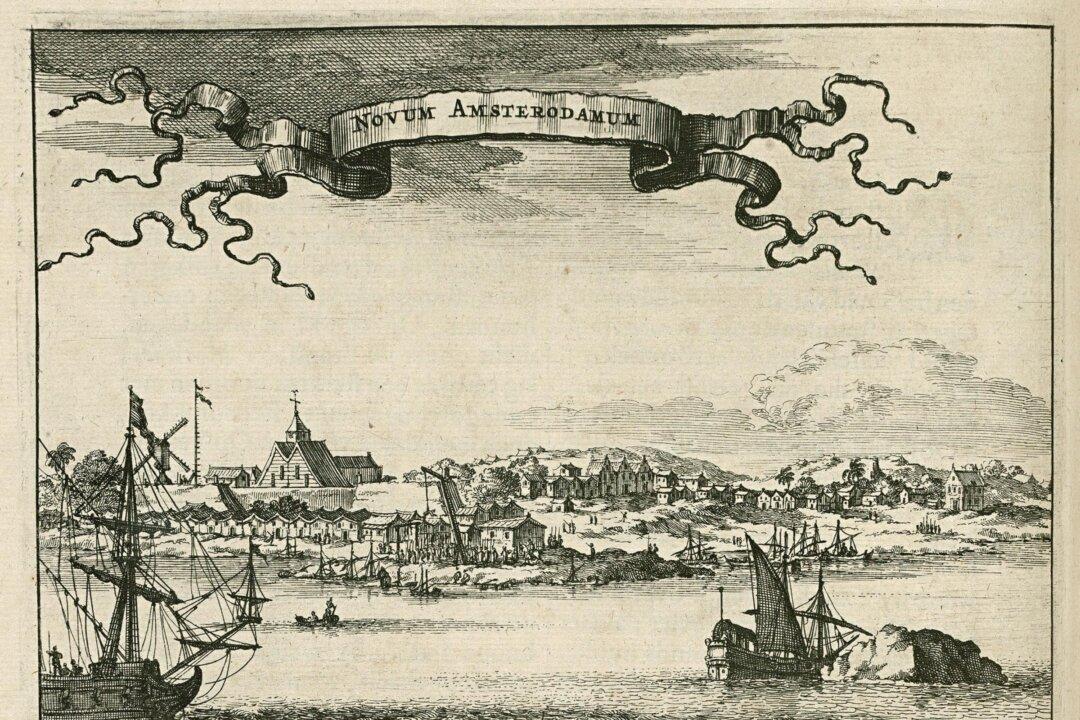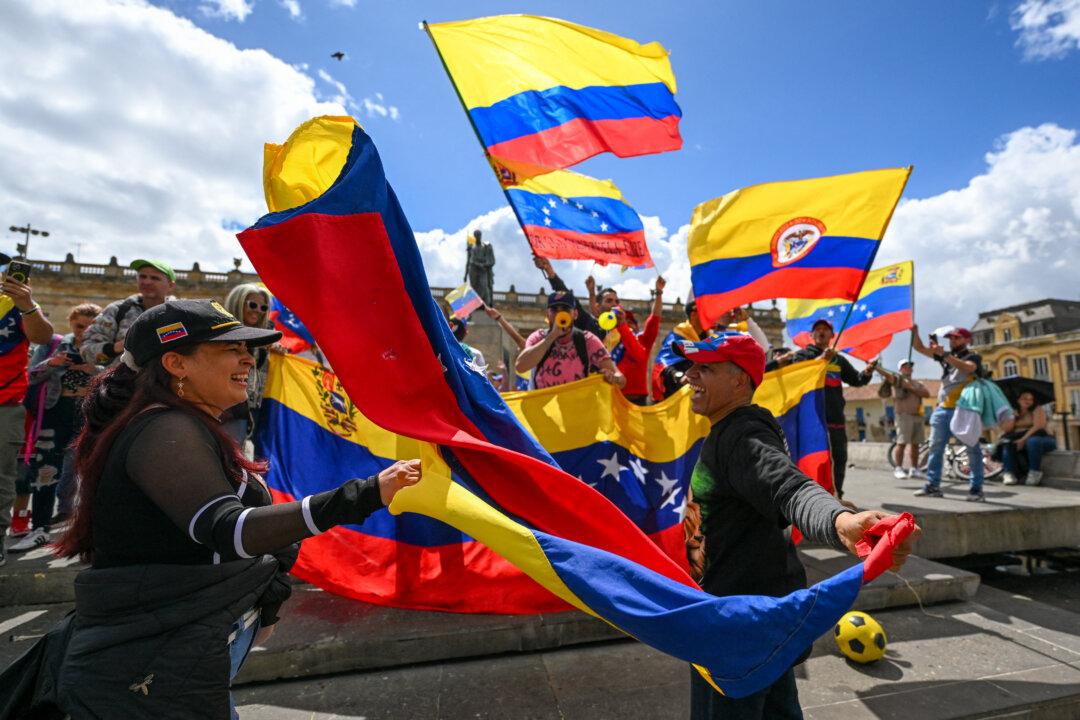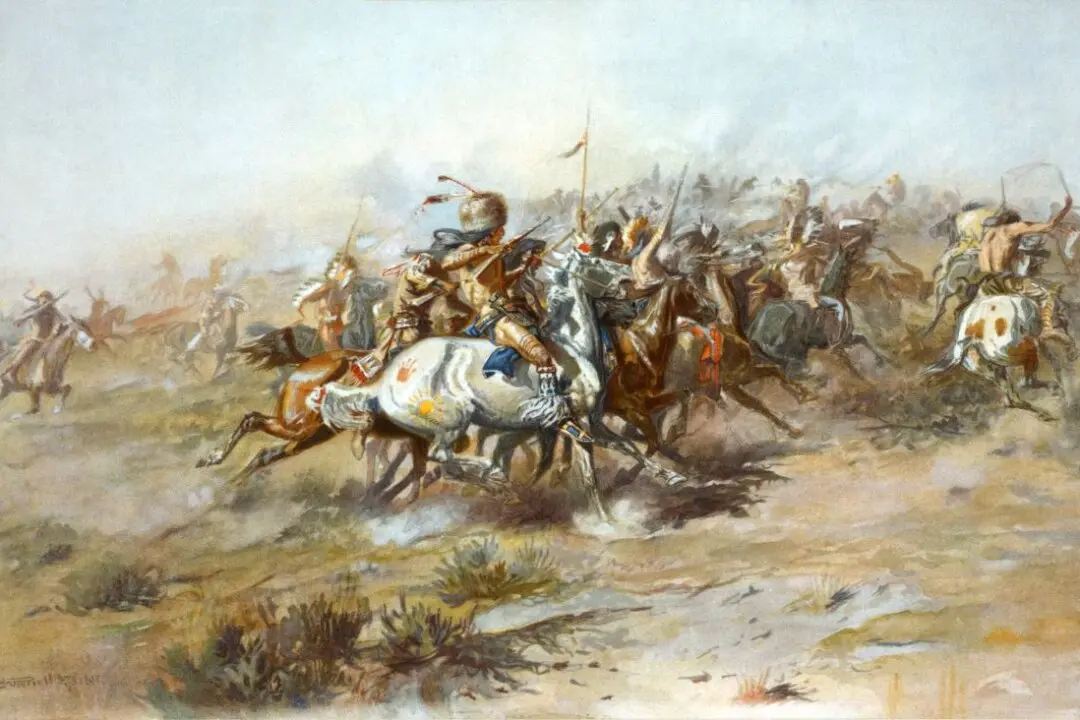In 1624, exactly 400 years ago, the Dutch founded the colony of New Amsterdam within the colonial province of New Netherlands along the eastern seaboard of the American continent. After winning independence from Spain in the 1580s, the Dutch Republic (also known as the Republic of the Seven United Netherlands) experienced its financial “golden age” during the 17th century, becoming the financial capital of the world.
During this era, however, the Dutch colonists struggled to make New Amsterdam a success. Poor management and the threat of violence from native tribes forced many colonists to flee their homes for Fort Amsterdam. Along with these issues came competition from other colonial powers, like the French and Spanish, but none more so than the English. In a fight over shipping and trading rights, the first of the four Anglo-Dutch Wars (three would take place in the 17th century) took place from 1652 to 1654.






